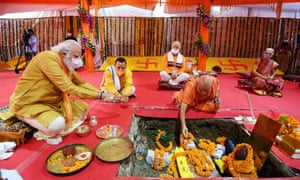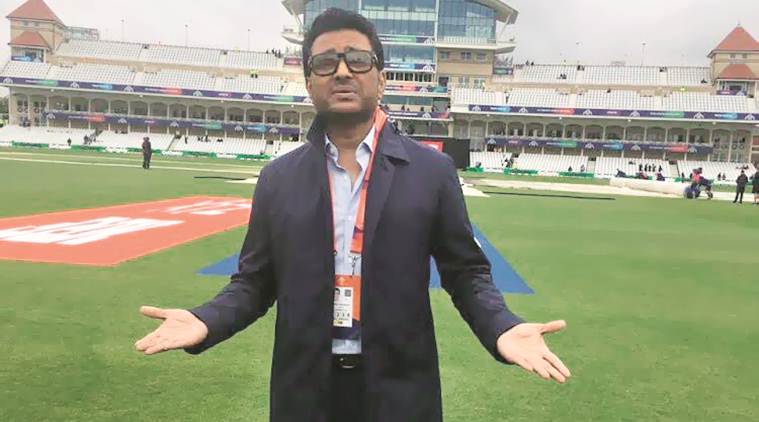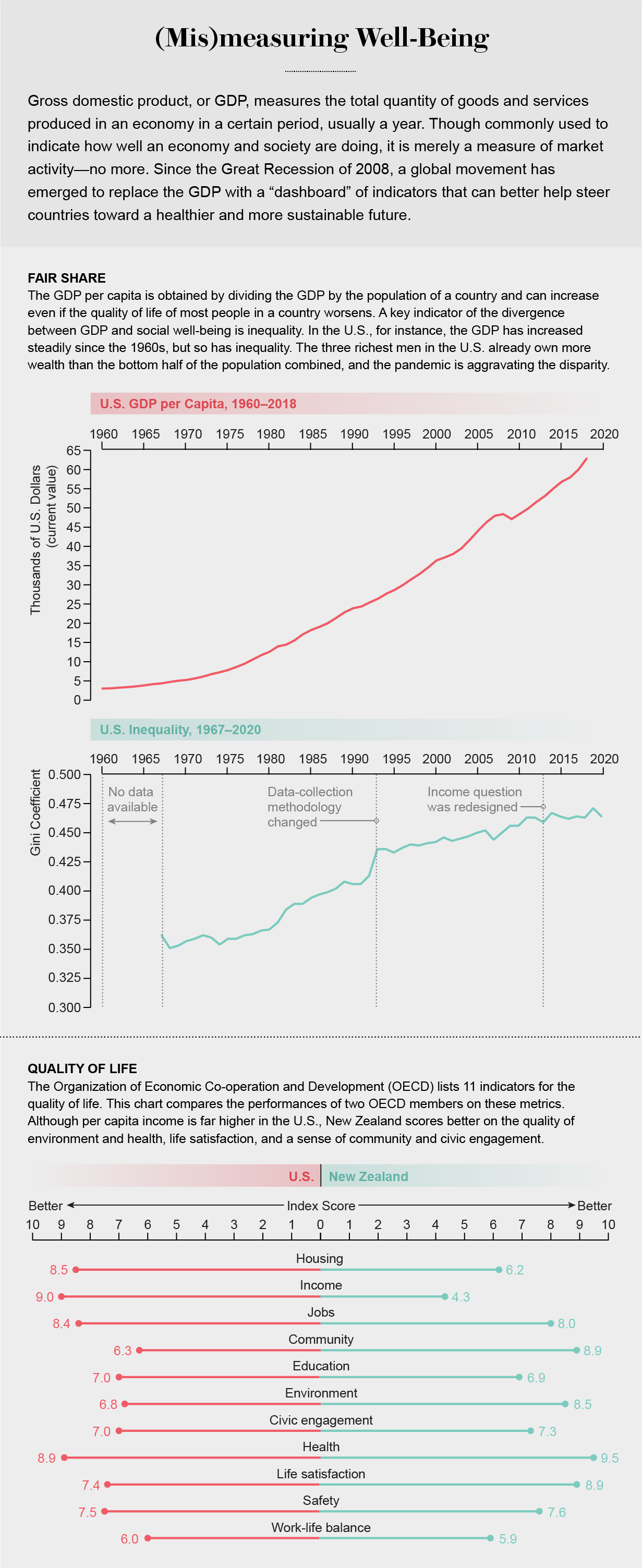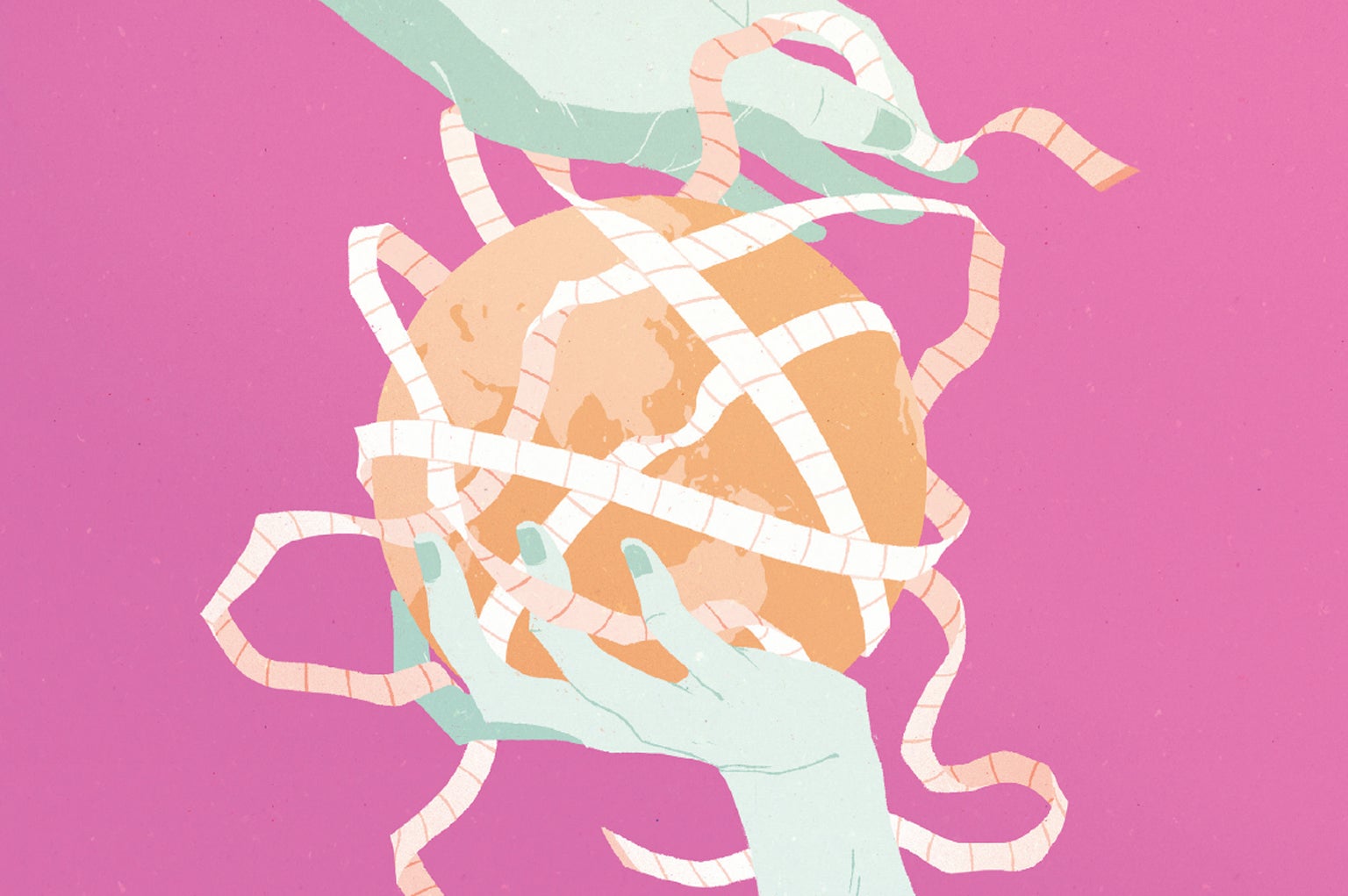‘Why did Narendra Modi decide to inaugurate the Ram Mandir now?’ Photograph: India Press Information Bureau Handout/EPA
At midnight on 4 August 2019, phones in Kashmir went dead and internet connections were cut. On 5 August 2019, a year ago today, 7 million people were locked into their homes under a strict military curfew. Up to 10,000 people, from young children and teenage stone pelters to former chief ministers and major pro-India politicians, were arrested and put into preventive detention, where many of them still remain. On 6 August, a bill was passed in parliament stripping the state of Jammu and Kashmir of its autonomy and special status enshrined in the Indian constitution. It was stripped of statehood, downgraded into two union territories, Ladakh, and Jammu and Kashmir. Ladakh would have no legislature and would be governed directly by New Delhi.
The problem of Kashmir, we were told, had been finally solved once and for all. In other words, Kashmir’s decades-long struggle for self-determination, which has cost tens of thousands of lives of soldiers, militants and civilians, thousands of enforced “disappearances” and cruelly tortured bodies – was over.
At midnight on 4 August 2019, phones in Kashmir went dead and internet connections were cut. On 5 August 2019, a year ago today, 7 million people were locked into their homes under a strict military curfew. Up to 10,000 people, from young children and teenage stone pelters to former chief ministers and major pro-India politicians, were arrested and put into preventive detention, where many of them still remain. On 6 August, a bill was passed in parliament stripping the state of Jammu and Kashmir of its autonomy and special status enshrined in the Indian constitution. It was stripped of statehood, downgraded into two union territories, Ladakh, and Jammu and Kashmir. Ladakh would have no legislature and would be governed directly by New Delhi.
The problem of Kashmir, we were told, had been finally solved once and for all. In other words, Kashmir’s decades-long struggle for self-determination, which has cost tens of thousands of lives of soldiers, militants and civilians, thousands of enforced “disappearances” and cruelly tortured bodies – was over.
---Also Watch
--
In India’s parliament, home minister Amit Shah went further. He said he was prepared to lay down his life to take over the territories of what India calls Pakistan Occupied Kashmir (POK) and what Kashmiris call Azad Kashmir, as well as the frontier provinces of Gilgit-Baltistan. He also threw in Aksai Chin, once part of the erstwhile kingdom of Jammu and Kashmir, now a part of China. He was wading into dangerous territory, literally as well as figuratively. The borders he was talking about lie between three nuclear powers. Amid the unseemly celebrations on India’s streets, the extra wattage generated by Kashmir’s humiliation intensified the glow of prime minister Narendra Modi’s already god-like halo. Provocatively, the Indian meteorological department began to include Gilgit-Baltistan in its weather reports. Few of us in India paid attention to the Chinese government when it urged India to “be cautious in its words and deeds on the border issue”.
In the year that has gone by, the struggle in Kashmir has by no means ended. In just the past few months media reports say that 34 soldiers, 154 militants and 17 civilians have been killed. A world traumatised by coronavirus has understandably paid no attention to what the Indian government has done to the people of Kashmir. The curfew and communication siege, and everything else that such a siege entails (no access to doctors, hospitals, work, no business, no school, no contact with loved ones), lasted for months. Even the US didn’t do this during its war against Iraq.
Just a few months of Covid lockdown, without a military curfew or communications siege, has brought the world to its knees and hundreds of millions to the limits of their endurance and sanity. Think of Kashmir under the densest military deployment in the world. On top of the suffering coronavirus has laid on you, add a maze of barbed wire on your streets, soldiers breaking into your homes, beating the men and abusing the women, destroying your food stocks, amplifying the cries of humans being tortured on public address systems.
Add to this a judicial system – including the supreme court of India – that has for a whole year allowed the internet siege to continue and ignored the 600 habeas corpus petitions by distraught people seeking the whereabouts of their family members. Add further a new domicile law that opens the floodgates by allowing Indians a right of residence in Kashmir. The precious state subject certificates of Kashmiris are now legally void except as backup evidence to bolster their applications to the Indian government for domicile status in their own homeland. Those whose applications are rejected can be denied residency and shipped out. What Kashmir faces is nothing less than cultural erasure.
Kashmir’s new domicile law is a relative of India’s new blatantly anti-Muslim Citizenship Amendment Act (CAA) passed in December 2019 and the National Register of Citizens (NRC) that is supposed to detect “Bangladeshi infiltrators” (Muslim of course) whom the home minister has called “termites”. In the state of Assam, the NRC has already wreaked havoc. Millions have been struck off the citizens register. While many countries are dealing with a refugee crisis, the Indian government is turning citizens into refugees, fuelling a crisis of statelessness on an unimaginable scale.
The CAA, NRC and Kashmir’s new domicile law require even bona fide citizens to produce a set of documents approved by the state in order to be granted citizenship. (The Nuremberg laws passed by the Nazi party in 1935 decreed that only those citizens who could provide legacy papers approved by the Third Reich were eligible for German citizenship.)
What should all this be called? A war crime? Or a crime against humanity?
And what should the collusion of institutions and the celebrations on the streets of India be called? Democracy?
A year down the line, these celebrations over Kashmir are distinctly muted. For good reason. We have a dragon on our doorstep and it isn’t happy. On 17 June 2020, we awoke to the horrifying news that 20 Indian soldiers including a colonel had been brutally killed by the Chinese People’s Liberation Army (PLA) in the icy reaches of the remote Galwan Valley on the Ladakh border. Over the next few days reports in sections of the Indian press suggested that there had been several points of ingress. Army veterans and respected defence correspondents have said that the PLA has occupied hundreds of square kilometres of what India considers to be its territory. Was it just naked aggression as portrayed by the Indian media? Or have the Chinese moved to protect what they see as their vital interests – a road through the high mountains of Aksai Chin and a trade route through Pakistan Occupied/Azad Kashmir? Both are under threat, if the belligerent statements made by India’s home minister were to be taken seriously, and how can they not be?
For a ferociously nationalist government such as ours to concede what it thinks of as sovereign territory has to be its worst nightmare. It cannot be countenanced. But what can be done? A simple solution was found. Just days after the Galwan Valley tragedy, Modi addressed the nation. “Not an inch of land has been occupied by anyone,” he said, “no one has entered our borders” and “none of our posts have been occupied by anyone”. Modi’s critics fell about laughing. The Chinese government was quick to welcome his statement, because that’s what they were saying, too. But Modi’s statement isn’t as stupid as it sounds. While army commanders of both countries are discussing withdrawal and the “disengagement” of troops and the social media is full of jokes about the art of exiting without entering, and while the Chinese continue to hold territory they claim to be their own, to the vast, uniformed majority of India’s population, Modi has won. It was on TV. And who’s to say which is more important? TV or territory?
Whichever way you slice it, in the long-term, India now requires a battle-ready army on two fronts – the western frontier with Pakistan and the eastern frontier with China. In addition, the government’s hubris has alienated its neighbours Nepal and Bangladesh. We have been reduced to boasting that in the event of war, the US – reeling from its own crises – will come to India’s rescue. Really? Like it rescued the Kurds in Syria and Iraq? Like it rescued the Afghans from the Soviets? Or the South Vietnamese from the North Vietnamese?
Last night a Kashmiri friend messaged me: “Will India, Pakistan and China fight over our skies without seeing us?” It’s not an unlikely scenario. None of these countries is morally superior or more humane than the other. None of them is in this for the greater good of humanity.
But even without an official war, for India to keep a standing army on the Ladakh border, supplied and equipped for high-altitude warfare, for it to even remotely match China’s arsenal, India’s defence budget would probably have to double or triple in size. Even that won’t be enough. It will come as a huge blow to an economy that was already in steep decline (with unemployment at a 45-year high) before the Covid-19 lockdown, and is now predicted to shrink between 3.2 and 9.5%. Modi is not doing too well in the early rounds of this game of Chinese chequers.
The first week of August comes with some other milestones, too. Despite the ill-planned, draconian, back-breaking lockdown, despite woefully few tests compared with other countries, confirmed cases of coronavirus in India are now growing at perhaps the fastest rate in the world. Among its victims is our sabre-rattling home minister, who is spending the anniversary in a hospital bed. Not for him the cures being peddled by the quacks, godmen and members of parliament in his party – drinking cow urine, a magic potion called Coronil, blowing conch shells and banging pots and pans, reciting the Hanuman Chalisa, chanting “Go, Corona, Go!” in the flat intonations of a Sanskrit sloka. Oh no. For him the most expensive private hospital and the best (allopathic) government doctors on call.
And where will India’s prime minister be?
If Kashmir had really been “solved” once and for all, he would be there to be feted by adoring socially distanced crowds. But Kashmir isn’t solved. It’s shut down again. And Ladakh is almost a battlefront. So, Modi has wisely decided to retreat from those troubled borders to a very safe place to make good another long-standing election promise. By the time you read this, he will, accompanied by prayers from priests and people across the country, as well as the blessings of India’s supreme court, have laid a silver slab that weighs 40kg as the foundation for the Ram Mandir, a temple that will rise from the ruins of the Babri Masjid, a mosque that was hammered into the dust by Hindu vigilantes led by members of Modi’s Bharatiya Janata party in 1992. It’s been a long journey. Let’s call it a Triumph of the Will.
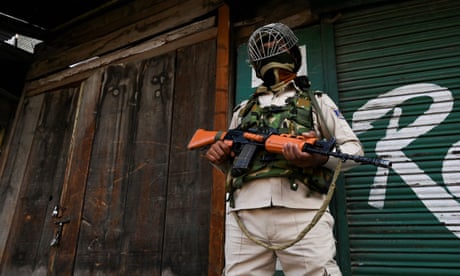
Kashmir curfew brought in as region marks one year since special status revoked
Lockdown or no lockdown, as I write, I can sense the very air trembling in anticipation of the historic moment. Only the naive or the hopelessly indoctrinated can still believe that hunger and joblessness will lead to revolution – that temples and monuments cannot feed people. They can. The Ram Mandir is food for millions of starved Hindu souls. The further humiliation of the already humiliated Muslims and other minorities only sharpens the taste of victory on the tongue. How can bread compete?
It would be easy to look at the 365 days between last August and now – the final “integration” of Kashmir into India, the passing of the CAA and NRC, and the inauguration of the Ram Mandir – as the defining period in which India under Modi has formally declared itself a Hindu nation, the dawning of a new era. But declarations can contain unacknowledged defeats. And showy beginnings can contain unforeseen ends. It’s worth remembering that despite Modi’s larger-than-life presence and the BJP’s massive majority in parliament, only 17.2% of India’s population voted for them.
Perhaps, as the Chinese suggest, in this matter we should proceed with caution. Think a little. Why did Modi decide to inaugurate the Ram Mandir now? After all it’s not the festivals of Dussehra or Diwali, and the date has no particular relevance in the Ramayana or the Hindu calendar. And there’s a partial lockdown in most parts of India – many of the priests and policemen preparing and securing the site have already tested positive for Covid. So why now? Is it to rub salt into Kashmir’s wounds, or is it to put balm on India’s? Because, whatever they tell us on TV, there’s been a tectonic shift on the borders. Big plates are moving. The world order is changing. You can’t bully people and act like the top dog in the neighbourhood when you’re not top dog. That’s not a Chinese saying. It’s just common sense.
Could it be that this August anniversary is not actually what it’s being cracked up to be? Could it be instead the little limpet of shame clamped to the soaring cliff of glory?
When and if India, China and Pakistan fight over Kashmir’s skies, the least the rest of us can do is to keep our eyes on its people.
